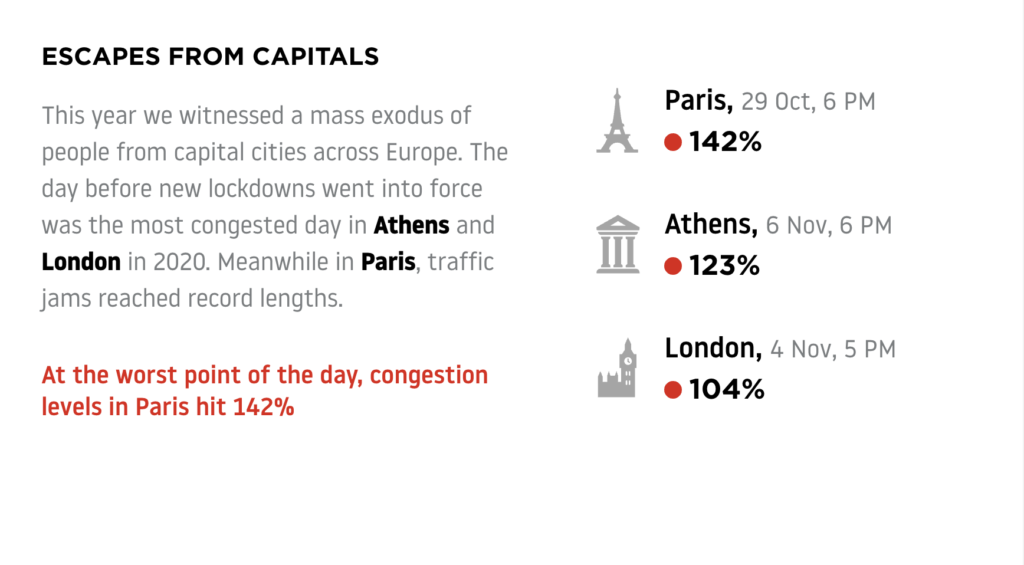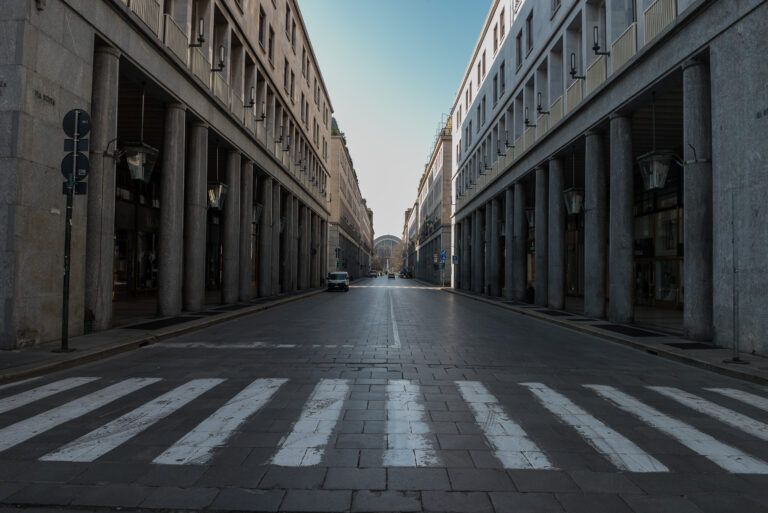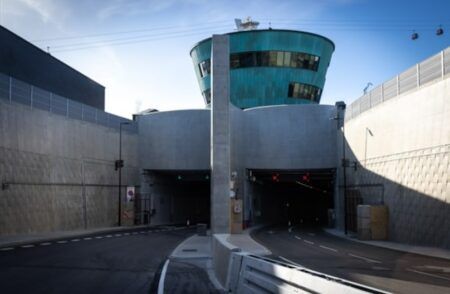Location technology specialist, TomTom, has released the TomTom Traffic Index for 2020, detailing the traffic situation in 2020 in 416 cities in 57 countries, showing the dramatic impact Covid lockdowns have had on roads around the globe – 387 saw a significant decrease (average of 21%) in congestion, and an astonishing 28% average decrease in congestion during rush hours.
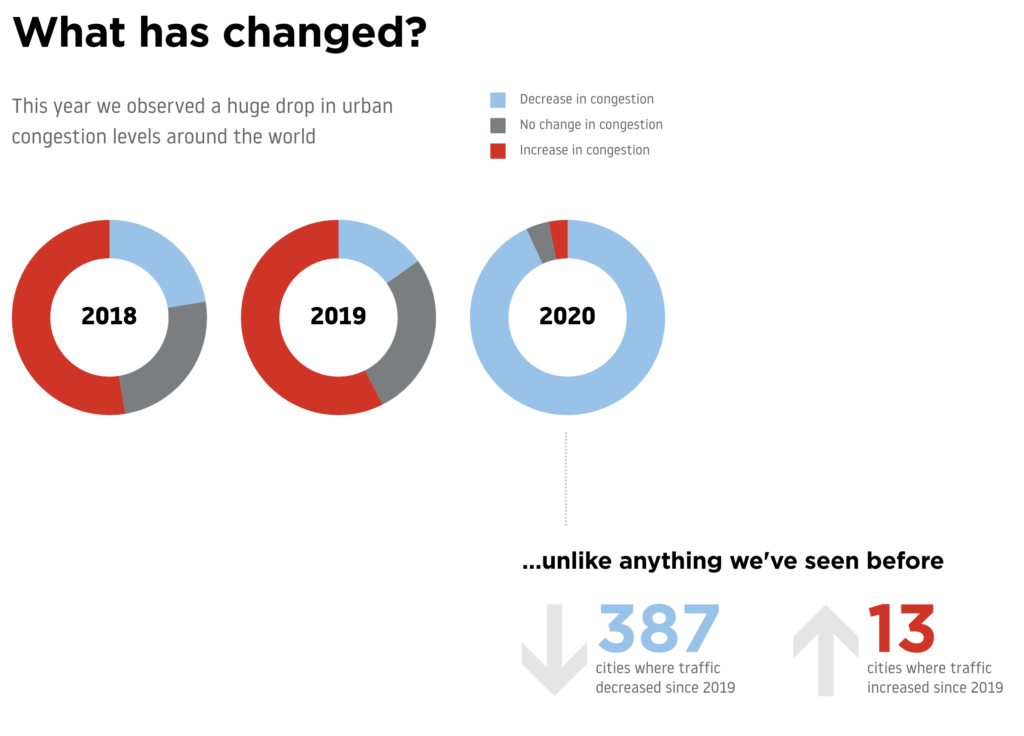
TomTom’s traffic data, which is powered by 600 million connected devices, is an authoritative indicator of people movement, economic activity levels, global trade, and so much more. Since the onset of the Covid-19 pandemic, TomTom’s traffic insights have been used by analysts, corporations, and the media to explain a world in flux.
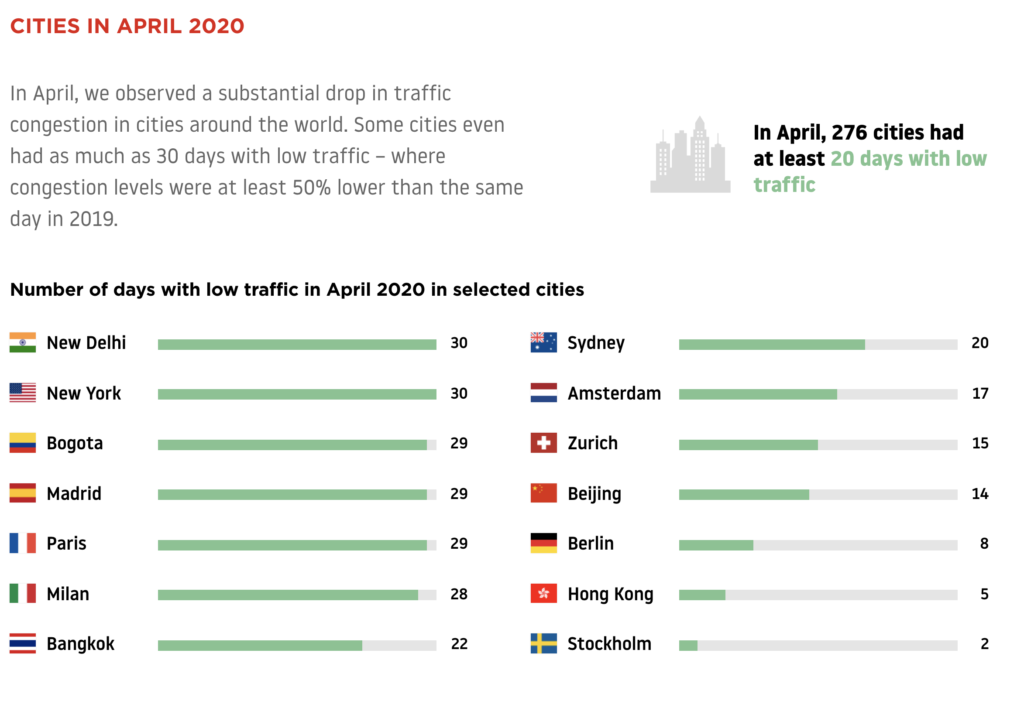
As well as ranking cities from the most to the least congested, the TomTom Traffic Index report provides data insights into how the global pandemic changed mobility through engaging and interactive visuals.
Ralf-Peter Schäfer, TomTom’s VP of traffic and travel, says: “Last year, we announced that global congestion levels in 2019 had increased for the ninth consecutive Traffic Index. In 2020, we saw a vastly different picture. From lockdowns to closed borders, people movement changed – and it changed very fast.”
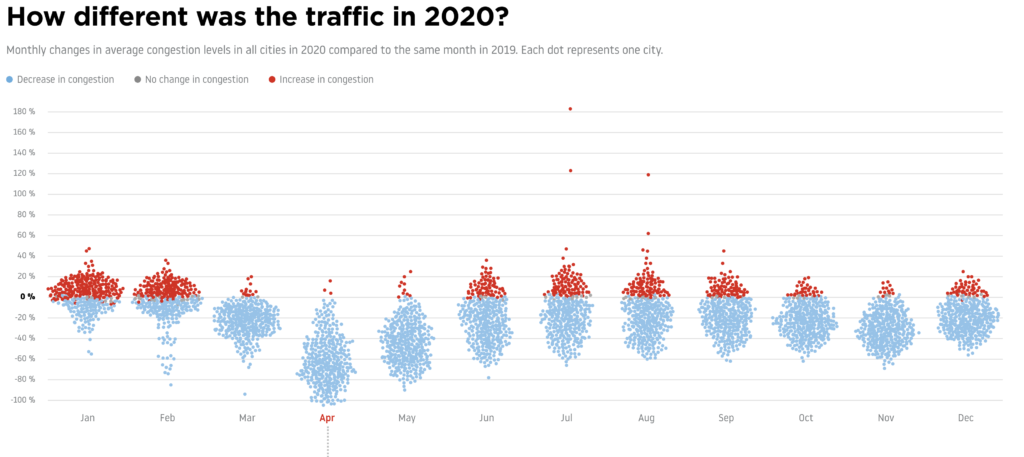
However, TomTom’s experts don’t expect the roads to stay so uncongested unless there’s a concerted and deliberate change in driver behavior, supported by policy makers and, importantly, employers. An end to the rush hour is possible through flexible working hours, working from home, and a smart approach to using traffic data to determine the best times to travel.
Schäfer continues, “Although traffic congestion was down in 2020, it’s not going to become a trend. We’re going to see traffic levels shoot up again – as people get back to work and back into old routines. That’s why now is the time that city planners, policy makers, employers – and drivers – should take stock of what action they will take to make the roads less congested in the future.”
The world’s most congested cities 2020:
- Moscow, Russia: 54% congestion level
- Mumbai, India: 53%
- Bogota, Colombia: 53%
- Manila, Philippines: 53%
- Istanbul, Turkey: 51%
- Bengaluru, India: 51%
- Kyiv, Ukraine: 51%
- New Delhi, India: 47%
- Novosibirsk, Russia: 45%
- Bangkok, Thailand, 44%
